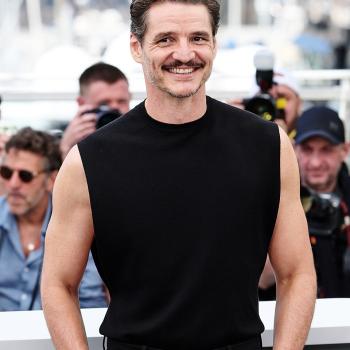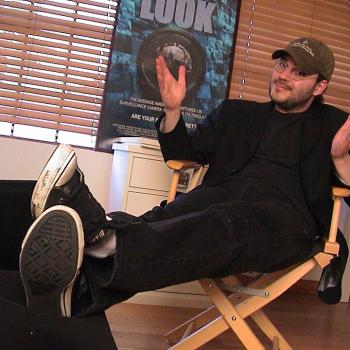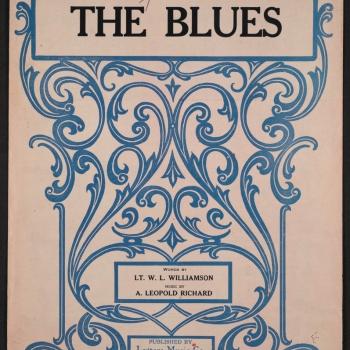
What makes for a good TV movie? Can such a thing exist? On Rotten Tomatoes, for example, over half of the “Top 100 Television Movies” are certified rotten. In the later-mid-twentieth century the Europeans seem to have briefly believed in such a spotted elephant, giving us gems like Ingmar Bergman’s Scenes from a Marriage (1973) and R.W Fassbinder’s Berlin Alexanderplatz (1980). But neither of those is really a “movie,” more like a limited series. It seems we’re doomed to smiling women with semi-curled hair, eyes popping out above Christmas flannels. Having grown up on a steady diet of Lifetime Original Movies, there are worse sentences [US prison, frontline soldiering, Adam Sandler’s Jack and Jill (2011)].
And so, I found myself supremely surprised and refreshed to discover a real, live (well, inanimate) stylish TV movie in the form of Fassbinder’s Fear of Fear (1975). I almost don’t want to summarize it, because it’s dripping with warning signs like “issue of the week” and “70s topical.” Imagine if I recommended a movie about Betty Friedan’s homelife through the lens of 80s D.A.R.E. culture—you’d run, right? But somehow (one can only say by the grace of God) Fassbinder pulls it off. That can’t really be appreciated without a little expounding.
Margot (Margit Carstensen) is a housewife pregnant with her second child and clearly not doing well. She lives with her husband, Kurt (Ulrich Faulhaber)—who is constantly studying for some kind of exam (as a graduate student myself it’s hard to see him as anything but a well-meaning, but ultimately useless Doktorand. But that’s just me)—and her young daughter, Bibi (Constanze Haas). Upstairs live the meddlesome Mutter (Brigitte Mira) and Lore (Irm Hermann) along with her sexually frustrated husband Karli (Armin Meier). Never good enough for her ever-present mother- and sister-in-law, Margot has no support and is slowly losing her mind, culminating in a crippling Valium and booze addiction after the birth of her new kid. No one shows any understanding; she begins cheating with a neighborhood doctor (who is also hooking her up with her pills), Dr. Merck (Adrian Hoven). As she stalks back and forth between her house and the clinic, she keeps running into the neighborhood besuited Tom o’ Bedlam, Mr. Bauer (Kurt Raab), who offers to talk about her problems with her. Margot, feeling herself to be normal—and crushingly aware of how everyone sees Mr. Bauer—turns away in disgust time and again. This pattern continues until Margot breaks down fully, ignoring her children, lounging about—eventually getting committed. The movie ends with her blankly smiling, happy to have her new pill regimen and hobbies, ready to begin her new life after some time away.
Na und? Nothing special there really. But it’s what Fassbinder does with these middle-class apartments and mundane feelings that makes the film. With only a budget of 375,000 marks (about $155,000 in 1975 money, based on my untrustworthy calculations), he has to privilege style over all else. He constantly shoots Margot through obstructed doorways, or as reflected in mirrors (especially in the bathroom, where, of course, one can be oneself, for good or ill). Her moments of temporary insanity are shot as if from Hitchcock’s Vertigo (1958). These are hokey by 1975 standards, but he handles them deftly enough so that they don’t distract.
Really, however, it’s even smaller things that make Fear of Fear so compelling. Margot is losing it before her second child is born, so the movie can’t be reduced to a post-partum depression PSA. Her husband is loving but feckless; he’s not a monster, but a flesh and blood human being, whose all-consuming focus on his work (presumably only for a brief time) makes him unsupportive at the critical juncture. The in-laws are, admittedly, nosy, even cartoonishly so—but who has lived in an apartment building with older people and hasn’t experienced constant watchfulness? It’s a veritable theme in Fassbinder, and for good reason (growing up in and around boarding houses as he did). Above all, the movie’s being written by Asta Scheib, a housewife and admirer of Fassbinder’s work (imagine that—a normal person admiring art films. The horror!), fills it with just the right sorts of details to convince us. In fact, the script came from a short story of hers, “Langsame Tage” (“Boring Days”), a title that admits the near universality of what the film depicts. We aren’t dealing with mental illness here (at least not as understood congenitally or pharmacologically); we’re dealing with modern, atomized, competitive, sapping, degrading life.
Fear of Fear convinced me of its brilliance in just the last few minutes. Margot blankly (but not without some positivity!) recites her newfound happiness into a window (mirroring her, of course). She has hobbies and pills now, has taken the time for self-care and relaxation. The final shot is from her perspective through the window, focused on a hearse as a body is brought out to it. Mr. Bauer is dead, likely by his own hand. Were someone inclined to think medication and some minor changes could solve a problem like Margot’s, this final scene might code as a triumph. She says she’s happy, after all. Were someone a bit more skeptical of treating (on their view) symptoms, rather than fundamental issues (the way we are made to live by the structures that exhaust us), the hearse is an awful prediction, and an indictment of our inability to grasp how we’re destroying ourselves, day by day, bone by bone, synapse by synapse.
Whatever one thinks, Fear of Fear is special—a movie written by a common person, for common people, shown on television, to uncommon effect. There’s nothing “na und” about that.












